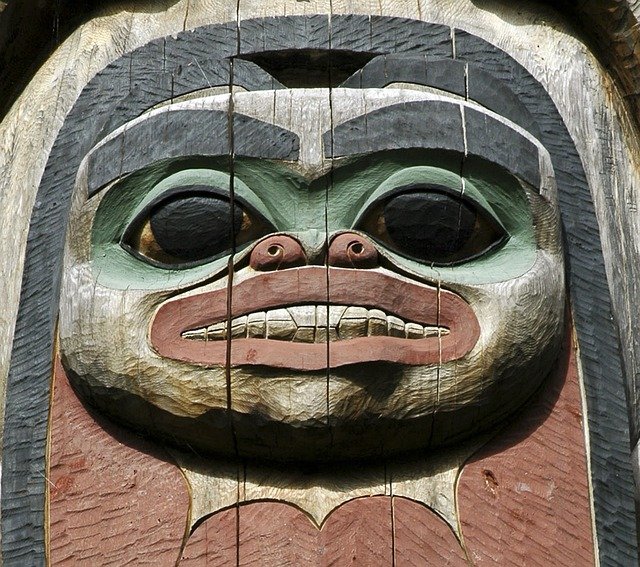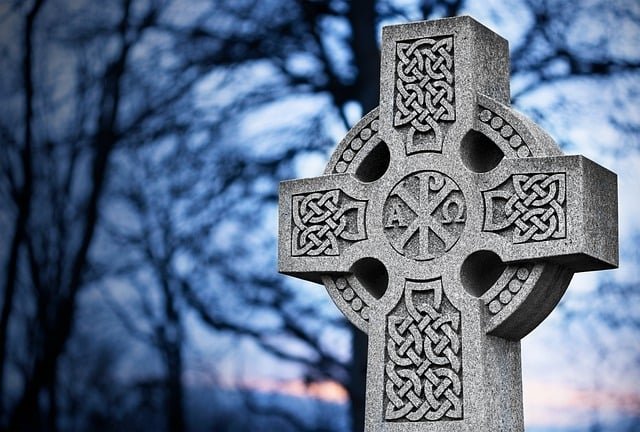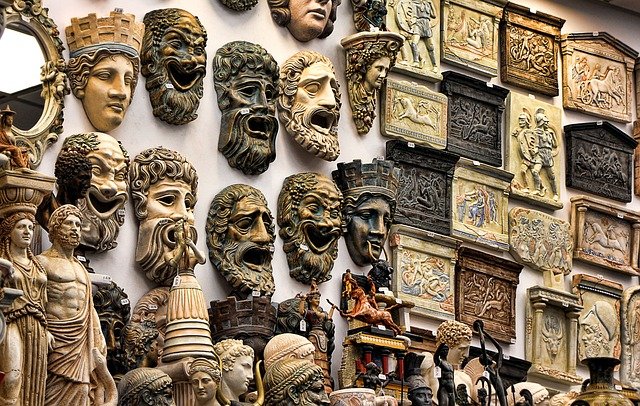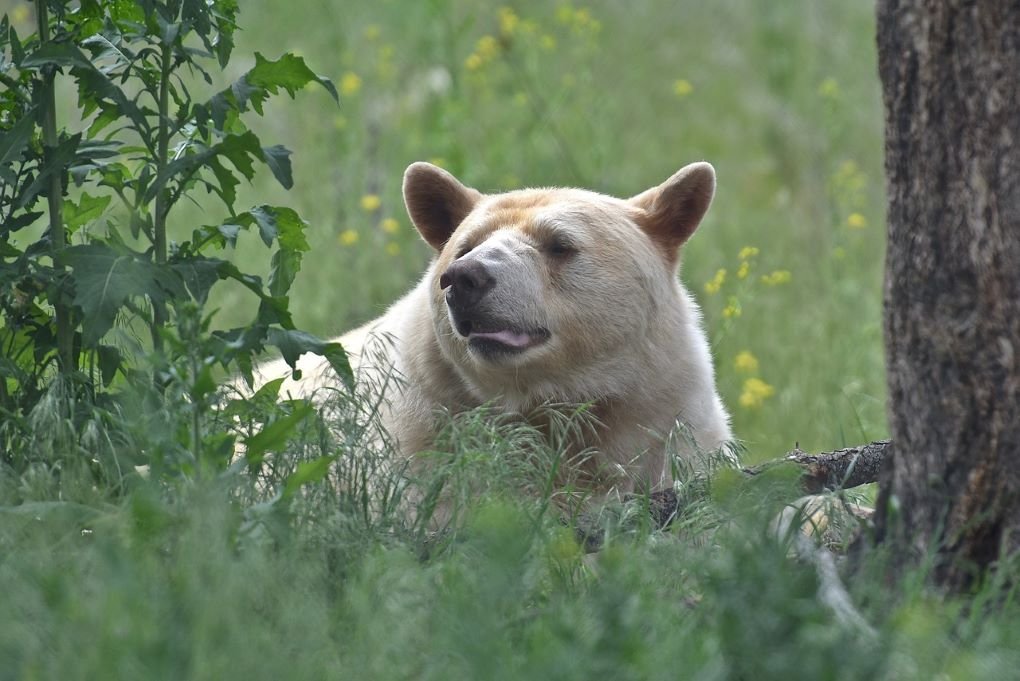Bears have held a powerful and multifaceted place in the mythologies and cultural traditions of societies worldwide. Their physical strength, imposing presence, and mysterious behaviors have inspired awe, reverence, and fear. This article explores the rich tapestry of bear symbolism across different cultures and mythologies, highlighting their significance as spiritual guides, protectors, and symbols of strength and resilience.

Bears in Native American Culture
In Native American cultures, the bear is often seen as a symbol of strength, courage, and leadership. Many tribes view the bear as a powerful totem animal, embodying the qualities that warriors and leaders aspire to. The bear’s hibernation cycle also makes it a symbol of renewal and introspection. For instance, the Lakota Sioux regard the bear as a guardian of the West and a symbol of healing. The bear’s spirit is believed to offer protection and guidance, helping individuals to find their inner strength and bravery.

The Bear in Norse Mythology
In Norse mythology, the bear is associated with the god Odin, who could transform into a bear. This connection underscores the bear’s role as a transformation and shamanic power symbol. The berserkers, Norse warriors who wore bear skins and fought with the ferocity of wild animals, derived their name from the Old Norse word “berserker,” meaning “bear shirt.” These warriors believed that by donning bear skins, they could channel the bear’s immense strength and fearlessness in battle, becoming invincible and formidable.

The Bear in Celtic Mythology
Celtic mythology also venerates the bear, associating it with the goddess Artio. Artio, whose name is derived from the Celtic word for bear, is the goddess of wildlife, fertility, and transformation. She is often depicted as a woman accompanied by a bear, signifying the bear’s role as a nurturer and protector. The bear’s connection to the earth and natural cycles also aligns it with themes of fertility and regeneration, making it a powerful symbol of life and abundance in Celtic traditions.

The Bear in Greek Mythology
In Greek mythology, the bear is linked to the story of Callisto, a nymph transformed into a bear by the goddess Artemis. Zeus later placed her in the sky as the constellation Ursa Major, the Great Bear. This myth highlights the bear’s association with the celestial and the divine, embodying themes of transformation and immortality. The bear’s presence in the night sky as Ursa Major has also made it a navigational guide for sailors and travelers throughout history.
The Bear in Japanese Culture
In Japanese culture, the bear is a revered and respected figure, often associated with mountain spirits and deities. The Ainu people of northern Japan hold the bear in high esteem, viewing it as a god in animal form. The Ainu practice a ritual known as “Iyomante,” in which a bear is honored and its spirit is sent back to the divine realm. This ceremony reflects the deep respect the Ainu have for bears and their belief in the interconnectedness of all life. The bear’s role as a guardian and provider is central to Ainu spirituality and cultural identity.
The Bear in Slavic Mythology
In Slavic mythology, the bear is often seen as a symbol of the forest and the wild, embodying nature’s untamed and mysterious aspects. The bear is associated with the god Veles, a deity of the underworld, cattle, and commerce. Veles, who could shape-shift into a bear, represents the bear’s dual nature as both a protector and a formidable force. The bear’s ability to move between the worlds of the living and the dead, the civilized and the wild, makes it a powerful symbol of balance and transformation in Slavic traditions.
Bears in Modern Symbolism
In modern times, the bear continues to be a potent symbol in various contexts. It is often used as a mascot or emblem, representing strength, courage, and resilience. For example, the bear is a central figure in the heraldry of several European nations, including Russia and Finland. The teddy bear, a beloved children’s toy, symbolizes comfort, safety, and companionship, showing the softer, nurturing side of bear symbolism. Additionally, bears are frequently featured in literature, film, and art, where they represent themes of wilderness, adventure, and the primal aspects of human nature.
Conclusion
The bear’s significance and symbolism in various cultures and mythologies reveal a deep and enduring connection between humans and this majestic animal. From the spiritual guides of Native American tribes to the fierce protectors of Norse warriors, bears embody a wide range of qualities that resonate with human experiences and aspirations. Whether revered as deities, honored as totems, or celebrated as cultural icons, bears continue to inspire and captivate us with their powerful presence and timeless symbolism. Through exploring the rich traditions and stories associated with bears, we gain a greater appreciation for their role in shaping our collective imagination and cultural heritage.




